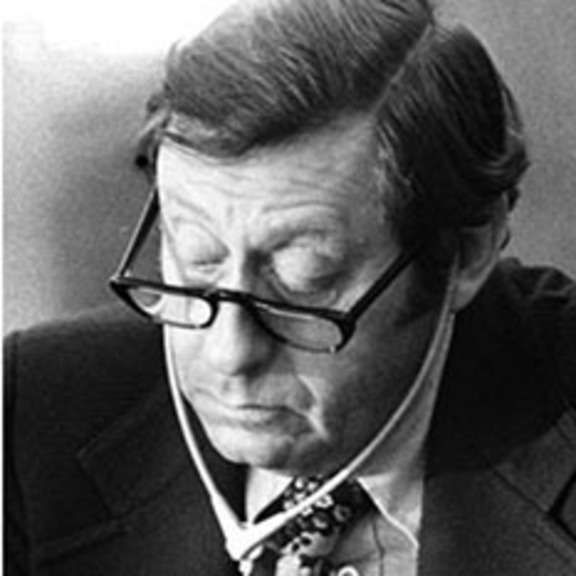
Harold Klein
Former Director of Life Sciences, NASA Ames Research Center
Harold Klein was a long-time exobiology researcher, and a champion for the field of astrobiology at NASA Ames Research Center. Klein's initial interest in exobiology was sparked at Berkeley, when one of his graduate students regaled him with glowing reports on a series of talks by astronomer Carl Sagan on the prospects for extraterrestrial life. After moving to Brandeis University, Klein researched the possible biochemical processes that might be displayed by life on other planets. Informed by a colleague that Ames was looking for someone to head its new Exobiology division, Klein decided to take the post. He continued such as Cyril Ponnamperuma, who synthesized organic molecules under conditions simulating primitive Earth. About a year after he joined Ames, Klein was promoted by Smith DeFrance to lead the Life Sciences Division.
In 1985, Klein attended the Woods Hole Conference on the scientific aspects of exploring Mars. At Woods Hole, Klein and his fellow exobiologists devised a strong case for sending a spacecraft to investigate the prospects for life, either current or ancient, on the Red Planet. The biologists' enthusiasm for such a mission coincided neatly with the Mars exploration proposals of NASA planetary scientists, and in 1969 the Viking project was approved by Congress. Klein was soon named Biology Team Leader for the Viking project and placed in charge of hammering out a consensus among the many possible and conflicting proposals for detecting life on Mars; finding the best compromise between the project engineers who wanted to keep the spacecraft as lightweight and simple as possible, and the scientists who were loath to exclude any of their experimental instruments from Viking and hence lose a possible chance for finding life; and serving as media spokesperson on Viking's biological objectives.
The first Viking lander touched down in Chryse Planitia, Mars on July 20, 1976. Although the preliminary results returned by the biology experiments were tantalizing, they were far from conclusive, much to the disappointment of the press and the public. Ever the careful scientist, however, Klein resisted the extreme media pressure to make some kind of definitive pronouncement about the question of life on Mars, maintaining that the Viking results were more likely due to chemical rather than biological activity. It was not what people wanted to hear, but scientific truth was more important to Klein than pleasing the media. In fact, he was rather disappointed that the press and public seemed to disregard the "miracle," as he put it, of landing such a complex craft on such a distant planet to obtain such important data. But Klein certainly appreciated Viking's significance, and was a major factor in the mission's success. Many of Klein's fellow scientists maintain that without his energetic and creative management of Viking's biology team, there would have been no mission at all.
The Viking mission is only the most publicly prominent example of Dr. Klein's contributions to science and to NASA Ames. Throughout his career, he was the primary force that established Ames' reputation as the key NASA institution for the study of astrobiology in all its various facets, including exobiology, gravitational biology, and biomedicine (with the initiation of Space Shuttle experiments in these areas), and recruited a brilliant staff of scientists for the Life Sciences Division. More than any other individual, Harold Klein is the man who build the foundation upon which rests Ames' current leadership in astrobiology. For this, he was inducted into the NASA Ames Hall of Fame. He passed away in 2001.
Photo and biographical information from NASA History Office.


 Explore Worlds
Explore Worlds Find Life
Find Life Defend Earth
Defend Earth

